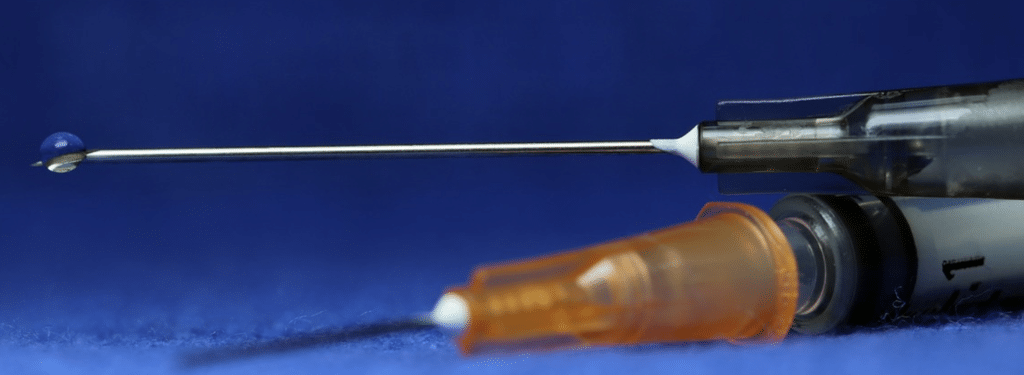About Opiate Addiction
Derived from the opium poppy plant, Papaver somniferum, opiates are some of the most addictive drugs in human history.
Opioid addiction can destroy relationships, jobs, and finances.
All opioids are of high abuse potential under the Controlled Substances Act. Even so, America is in the midst of an opioid crisis. Every day, over a hundred lives are lost to overdose.
Children as young as five assume the role of protector to their younger siblings, while addicts often lose jobs or homes. However, at StepHouse Recovery, treatment is possible.
Types of Opiates
Most opiates, or narcotics, are used to manage pain. Types of opiates include:
- heroin
- morphine
- fentanyl
- other prescription pain medications (codeine, hydrocodone)

Specialty Opiates and Designer Drugs
Designer drugs are synthetic drugs made to mimic existing controlled substances in order to get around laws such as the Controlled Substances Act. Because these drugs are created and distributed under other labels, such as ‘bath salts’ or ‘plant food’, the restrictions of the Controlled Substances Act often do not apply.
However, this also means many of these drugs are more potent than their standard counterparts. Without the testing that normally go into new drugs, such as prescription pain medication, designer drugs often have undesirable, serious side-effects and a greater risk of overdose.
Fentanyl and Carfentanyl
A synthetic opioid that binds to the same receptors as heroin, fentanyl is at the head of the opioid crisis. Dangerous because of its potency — 3 milligrams of fentanyl is lethal, compared to the 30 milligrams of heroin required for the same potency.
Heroin dealers often lace their drugs with fentanyl to increase its potency. This, however, can prove disastrous as users may unknowingly take a deadly dose of fentanyl because the two drugs look identical.
Tramadol
Tramadol is a opioid (narcotic) and a controlled substance, carrying high risk for addiction and dependence. Tramadol is associated with a wide array of potential side effects, including nausea, headaches, and shortness of breath.
The dangers of tramadol increase when not taken as directed or prescribed. Side-effects can worsen considerably at higher doses or when used with other drugs. While commonly prescribed for pain management, the illegal sale and high addiction rate of tramadol exacerbate the opioid crisis.
Symptoms of Opiate Addiction and Withdrawal
Opiate addiction is compulsively seeking and using opiates while suffering from harmful consequences. Dependency means an opiate user is going to suffer from withdrawal symptoms whenever he or she stops taking opiates.
Opiate withdrawal leaves many opiate addicts feeling trapped and distressed.
When abusers of opiates stop taking the drug, there are many withdrawal symptoms. These include:
- Anxiety
- Anorexia
- Diarrhea
- Cramps and aches
- Pupillary Dilation
- Mild Fever
- Sweating
- Insomnia
Patients suffering from other severe medical conditions should seek the assistance of a specialist.
If you or a loved one is struggling with opiate addiction, please contact us or call one of StepHouse Recovery’s friendly staff at (888) 923-7623.
Our YouTube channel is full of testimonials from our patients.